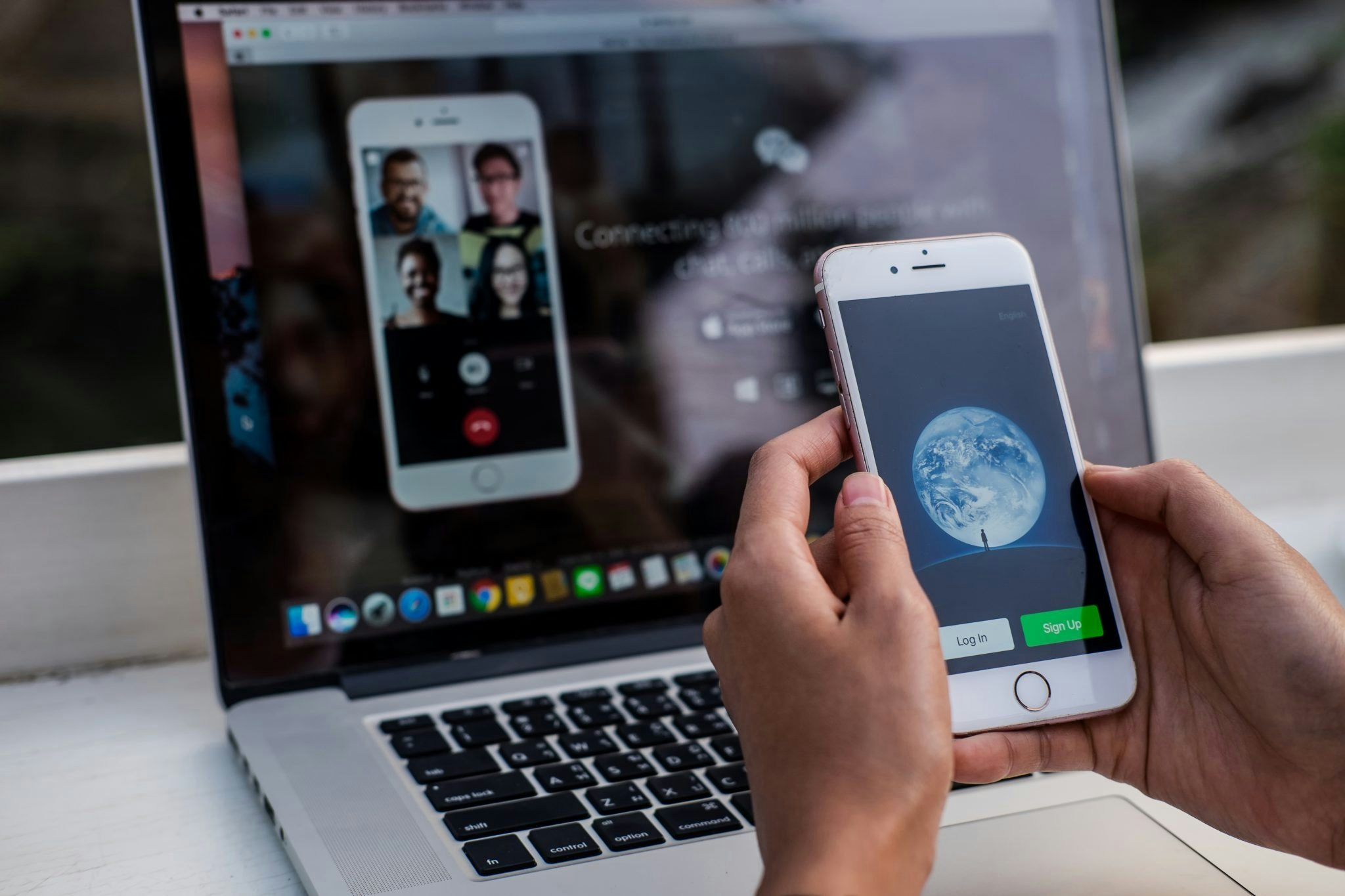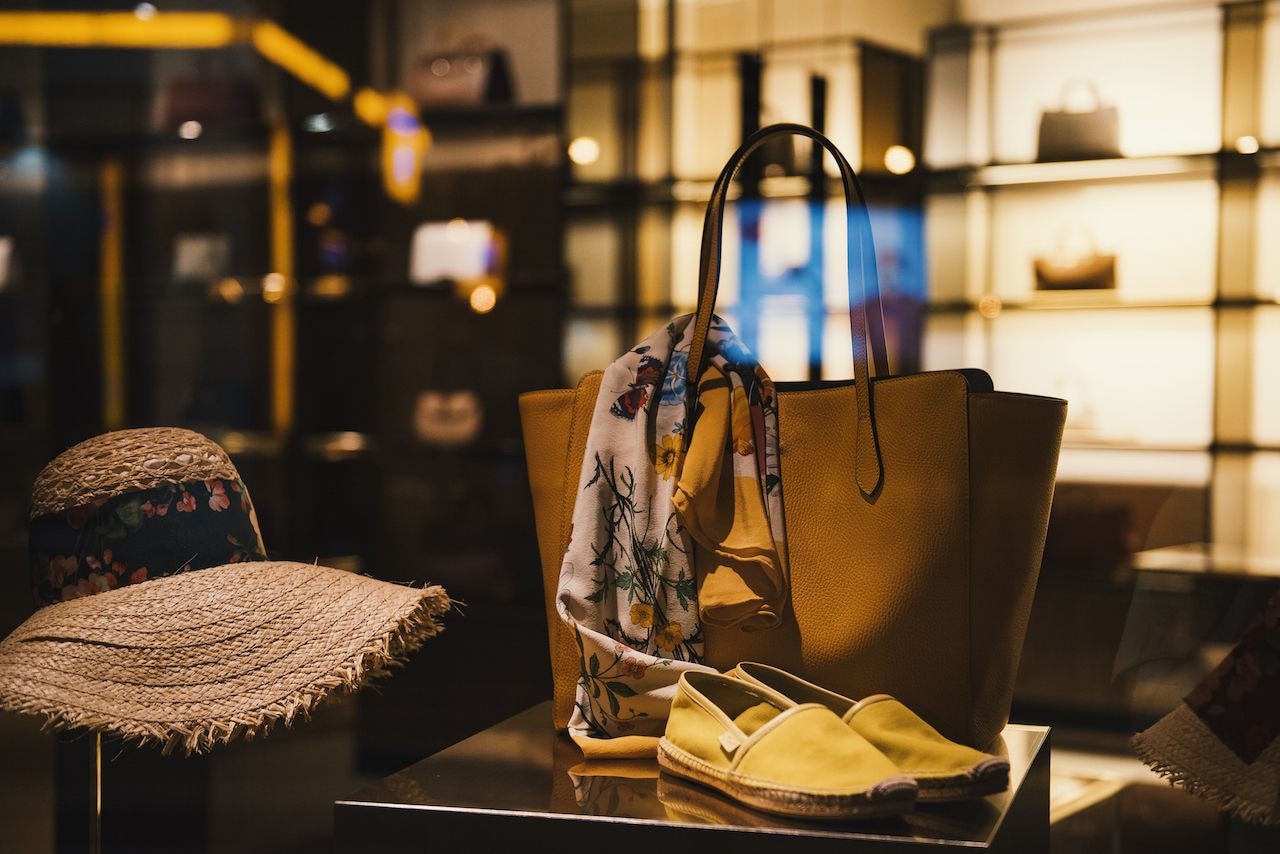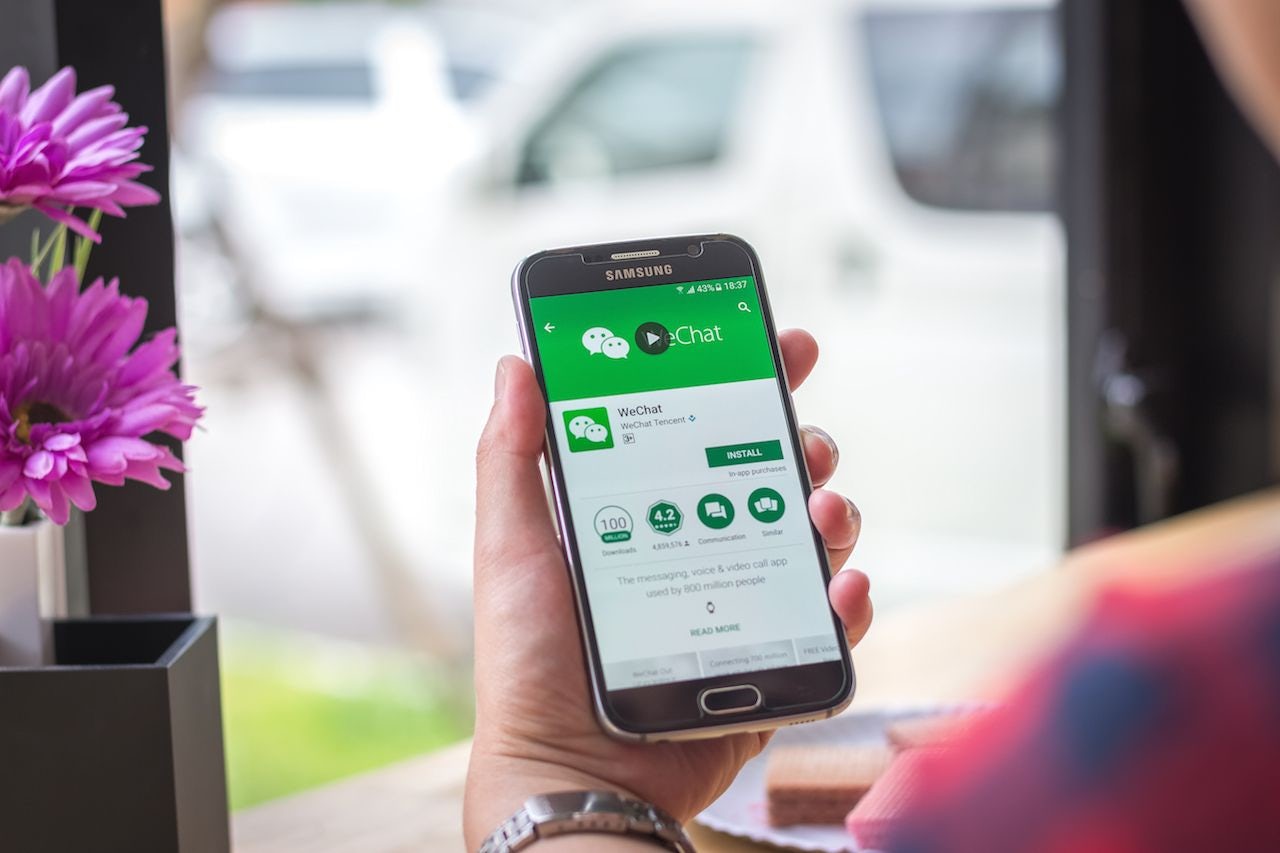With the increasing presence of Chinese consumers in the global luxury market, a growing number of luxury brands are now turning their attention to China. In hopes of crafting a more engaging shopping experience for Chinese consumers who are less familiar with the social media platforms dominant in the Western world, many luxury brands have turned to the most popular social media platform in China, WeChat, by opening their own WeChat official service accounts. This type of account allows brands to promote their campaigns by publishing articles on WeChat, linking to pop-up stores for special sales events, and providing navigation for consumers to physical stores.
However, with the intensity of competition in the Chinese luxury market, establishing a presence on WeChat is not enough for brands to make a big impression on Chinese consumers. Currently, 92 percent of luxury brands have their own official accounts on WeChat, luxury insights on WeChat have been so widespread that only the most engaging content can truly stand out. After all, WeChat is fundamentally a social media application, people expect interaction during use.
In order to gain first-hand customer experience, we studied sixteen luxury brands on WeChat.* Their official accounts, both service and subscription accounts, were examined, from their profile pages, linked mini-programs, to the content being published. Based on our research, here are some things luxury brands’ WeChat service accounts fail to do to cater to Chinese consumers’ shopping habits.
Lack of Customer Service#
Many luxury brand WeChat service accounts do not offer online customer service. On their profile pages, some luxury brands will include a hotline number, some will have a “service staff” section, whereas others will have no contact information. In some cases, the “service staff” section of an account is unclickable, meaning that it does not direct the consumers to any online staff.
For those luxury brands that do offer customer service on WeChat service accounts, they encourage consumers to leave messages to be answered later by online staff. They also specify a timeline to guarantee the availability of service staff. Compared to hotline numbers or the confusing “service staff” function, utilizing WeChat’s communicative nature to provide positive customer service is a more effective approach. However, among the sixteen brands investigated, only three of them (Hermès, Coach, and Burberry) make it clear that their staff are readily available on WeChat.
One of the distinctions between WeChat service accounts and subscription accounts is that service accounts will be directly displayed in the “chat” column rather than the “subscription” section inside the column. Therefore, luxury brand WeChat service accounts should use the higher visibility to their advantage and increase the interactivity of accounts to foster engagement and communication with consumers.
Confusing Locator Function#
Most luxury brands are well aware of the importance of directing consumers to physical stores through programs inside the service accounts and have come up with various locator function designs with differing levels of effectiveness. Some offer real-time location-based services to direct consumers by mobile maps. Others list their store information in a post. A third method is to send out their store addresses by accessing consumers’ location information, and finally some set up automated answers for certain location-related keywords. For example, a message containing “Shanghai” will generate information on all Shanghai stores of the brand.
Despite the different iterations, the locator function of luxury brands’ WeChat service accounts generally illustrates an incomplete understanding of the Chinese luxury consumer market by ignoring the need of Chinese luxury consumers to shop overseas. While most luxury brands give directions to all their stores in the Greater China area, they tend to not offer information on stores outside China. However, as luxury products are usually priced higher in mainland China than elsewhere, many Chinese consumers prefer buying overseas, either in person or through procurement agencies. Since obstacles like the language barrier and unfamiliarity with different cultures often discourages interested consumers from completing purchases, an official overseas shopping guide from the luxury brands’ WeChat service accounts could be very effective in building Chinese consumers’ trust in brands and encouraging spending.
Insufficient Interactive Activities on WeChat Posts#
Luxury brands regularly post updates of their product lines on their service accounts, and they generally have a stable group of readers. However, it is not a common practice for those luxury brand accounts to reply readers’ comments under their WeChat posts.
By looking at articles posted by luxury brands on WeChat, it becomes clear that brands seldom respond to any of the comments on their articles. In some cases, they will respond to questions WeChat users have on the brands, but only to those questions concerning new campaigns or sales information in detached tone.
Having little interaction with readers can actually discourage WeChat users, especially those who comment on content, to pursue and complete purchases and leave them with a poorer impression of the brand. Moreover, it is this distant attitude of most luxury brands’ service accounts that limits the popularity and reach of their posts. Those accounts tend to post articles of succinct phrases and carefully-executed photographs, which keep them emotionless. Given the high-end status of those luxury brands, their choice of that particular style might be a branding strategy; yet this one-way communication between brands and WeChat users is not helpful in spreading brand awareness – it does not encourage consumers to “like” or share the posts to their WeChat moments, so that the brands’ posts will only have the attention from account subscribers.
Recently, many brands have attempted to increase their presence in the Chinese market by teaming up with local KOLs, many of whom gain their huge fan bases through social media platforms. While luxury brands rely on those KOLs to promote their products, brands should also improve their WeChat strategies so that consumers will be more motivated to keep up with updates on their latest campaigns. As a matter of fact, many KOLs became popular through the easy-going, trustworthy personalities they established on the internet. As an alternative to featuring KOLs to draw consumers’ attention and create a more engaging experience with consumers, brands can also improve their brand images by being more engaging with consumers online. The WeChat service account provides a highly accessible platform for luxury brands to connect with Chinese consumers, the challenge is for the brands to figure out how to deepen this bond and foster effective communication.
*Data collected on WeChat on October 28th, 2017, sample of 16 luxury fashion brands include: Balenciaga, Burberry, Chloe, Coach, Dolce & Gabbana, Fendi, Givenchy, Gucci, Hermes, Loewe, Louis Vuitton, Marc Jacobs, Michael Kors, Prada, Valentino, Yves Saint Laurent




